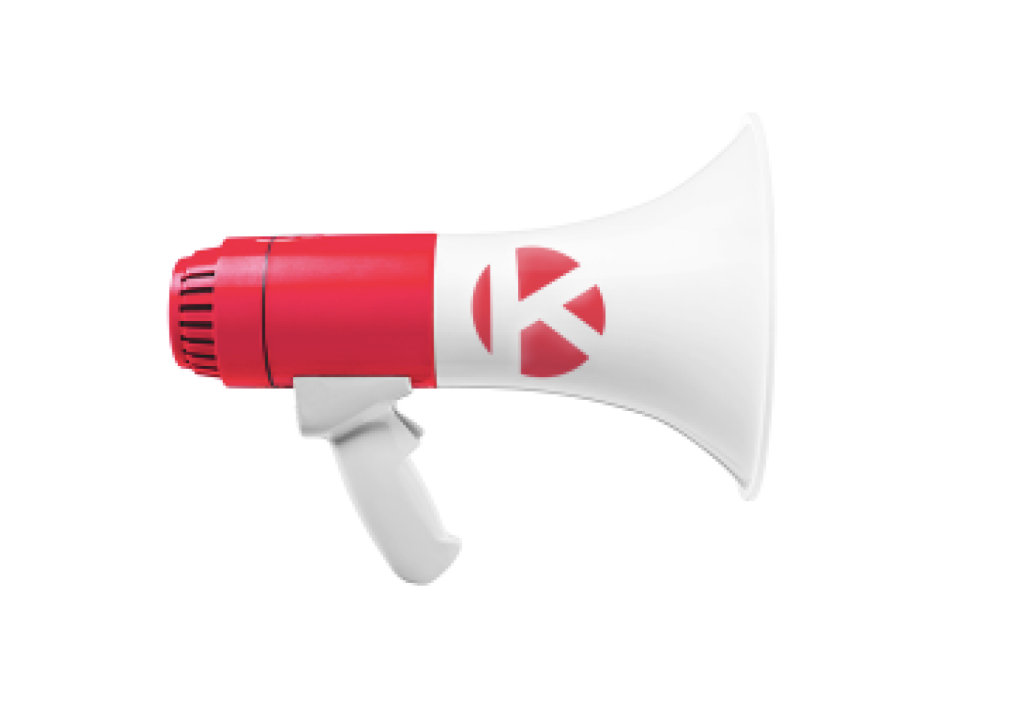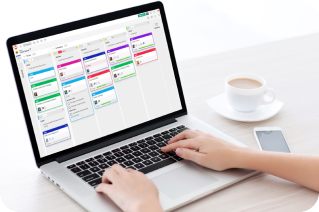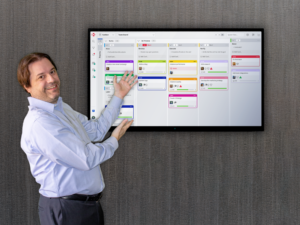Be a better lover with a romantic Personal Kanban board
Kanban started in manufacturing as a way to flow the parts on Kanban cards to assemble a product. More recently Kanban is being used to visualize any process by creating Kanban cards to represent a work item that flows on a Kanban board that represents an overall process. What
Scrumban – Blending Agile, Scrum and Kanban into a methodology that works for you
Since the original publication of the Agile manifesto in 2001, the most commonly used Agile methodology has been Scrum. In more recent years, Kanban, which originated from Taiichi Ohno’s publications back in 1988, has also been embraced as an Agile methodology after the fact because it does follow the
Doing Being and Flowing in Kanban (5P and 3M)
Kanban is such a simple and effective approach to improving any process. As more individuals, teams, and organizations adopt Kanban to increase value to customers, reduce cost and increase innovation, it’s critical to grasp the few core elements of Kanban. To get the full benefit of Kanban, practitioners must
Throughput and Cycle Time: Kanban Metrics to Track Performance and Responsiveness
Metrics in Kanban are all about understanding the flow of the cards on Kanban boards. In this article, we will focus only on Throughput and Cycle Time. With these two reports and their average over time, we should be able to provide any team (or process) a simple way
To estimate (or not) in Kanban? Leveraging lean thinking to eliminate waste
Let's start with listing synonyms of the word estimate: calculate roughly, approximate, guess; and a common definition of the word estimate: "to judge tentatively or approximately the value, worth, or significance of". My favorite way to illustrate an estimate is simple: not accurate. There is nothing wrong with that unless













